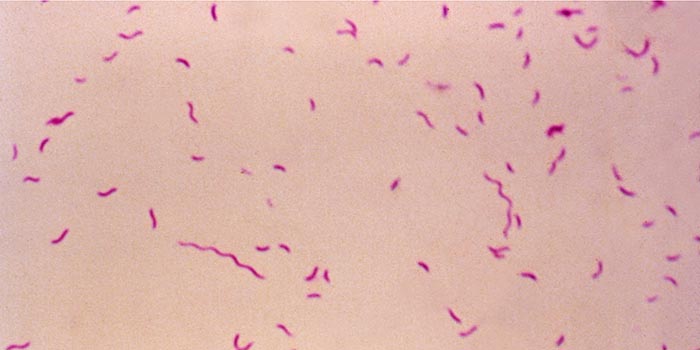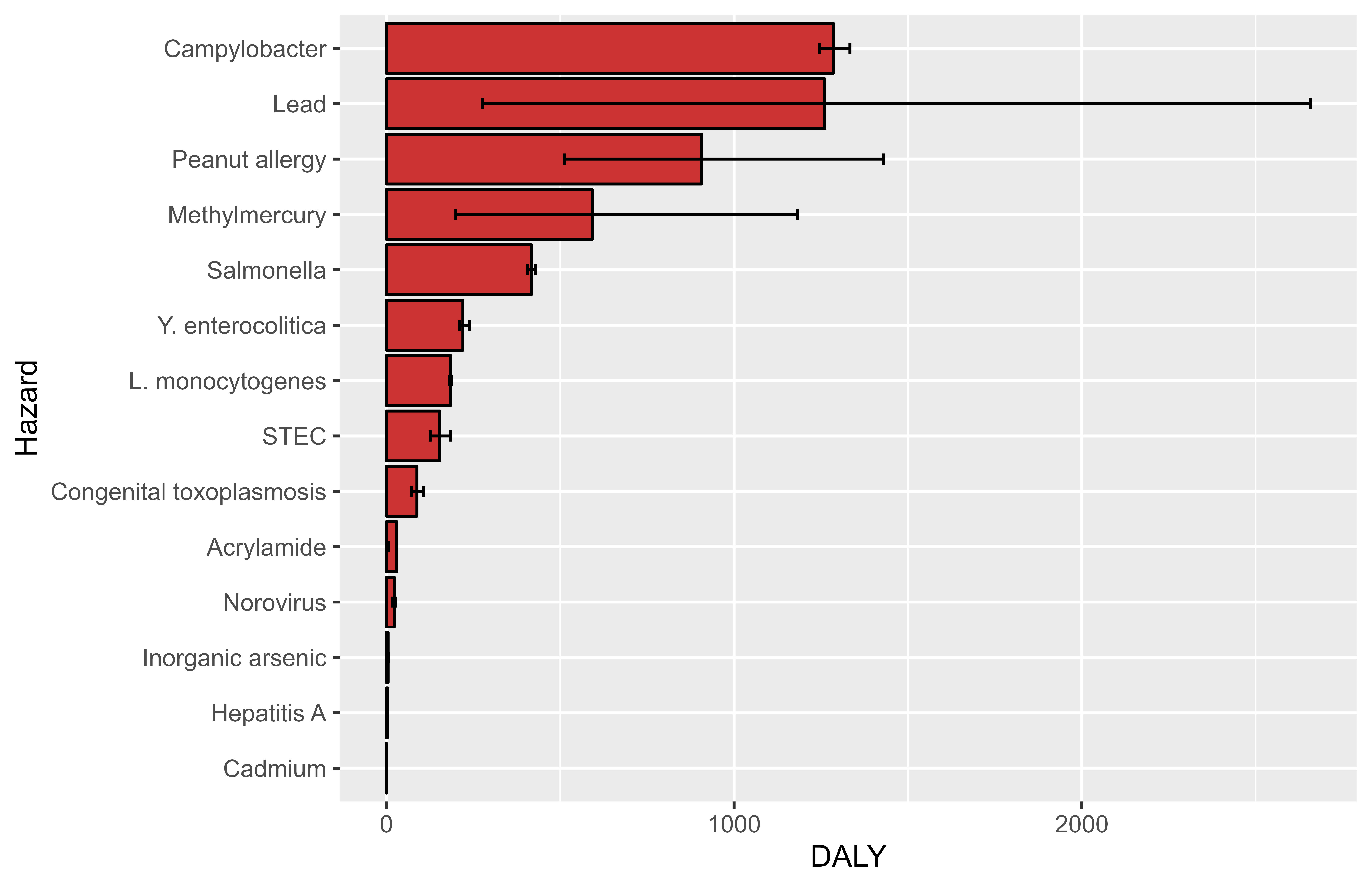Study ranks the causes of foodborne diseases in Denmark
A new study from DTU National Food Institute provides an overview of research on the burden of foodborne diseases in Denmark, ranking for the first time the disease risks from both foodborne pathogens and chemicals based on their impact on public health. The research shows that campylobacter was the leading cause of the burden of foodborne diseases I Denmark.


Campylobacter was followed by lead, peanut allergy and mercury, and the following five positions on the ranking include Salmonella, Listeria, E-coli (STEC), and congenital toxoplasmosis.
The research is based on the year 2019, which is the most recent year without disruption of data from the Covid-19 pandemic.
Useful for both policymakers and authorities
The ranking is useful for politicians and authorities, e.g. the Danish Veterinary and Food Administration, to prioritise various safety initiatives aimed at reducing the population's risk of foodborne diseases.
The fact that estimates show that the leading causes of foodborne diseases in Denmark include both pathogens and chemicals suggests that politicians and authorities can consider to diversify food safety strategies to tackle different issues. The research can also be used to monitor the effectiveness of these efforts.
"If we choose to regularly calculate the impact of foodborne diseases at a population level in Denmark, it will also be possible to continuously assess whether the food safety initiatives implemented by authorities to reduce the disease burden are effective," says Sara Pires.
A standard measurement method is required to rank the hazards of foodborne diseases
The burden of foodborne diseases is measured in disability-adjusted life years (DALYs). The DALY is a measure of how many years of life a population loses when part of the population lives with reduced quality of life and/or die earlier than expected due to illness.
“Pathogens and chemicals present in foods can lead to many different diseases, from mild and short-duration health outcomes such as diarrhoea, over chronic or life-long such as certain neurological diseases, to very severe outcomes like cancer or even death. These elements are all incorporated in the metric of DALYs, which are an international accepted standard for calculating disease burden in general – not just for foodborne diseases,” says Sara Pires.

"We estimated that campylobacter resulted in the loss of 1,285 years of healthy life in a single year in 2019, which was largely driven by a high number of cases in the population. Other hazards caused a low number of cases, but very severe disease, which also meant a high burden at individual and population-levels,” says Sara Pires.
The uncertainty of all measurements was quantified in the study and the researchers observed that estimates of the burden of disease caused by foodborne chemicals had a larger uncertainty compared to the estimates for foodborne pathogens. Researchers at DTU National Food Institute work extensively to improve methods to measure the impact of chemicals in food on public health.
“Several other countries are interested in conducting national burden of foodborne disease studies to provide evidence to prioritize food safety strategies. The experiences and lessons learned from our study can be useful for other countries,” says Sara Pires.
Read more
Read more in the article that is published in the scientific journal Food Control - https://doi.org/10.1016/j.foodcont.2023.110199: Risk ranking of foodborne diseases in Denmark: Reflections on a national burden of disease study. The article ranks the severity of foodborne diseases from the following 14 risks: Salmonella, Campylobacter, norovirus, Toxoplasma gondii, Listeria monocytogenes, Yersinia enterocolitica, Shigatoxin-producing Escherichia coli (STEC), Hepatitis A virus, mercury, lead, cadmium, inorganic arsenic, acrylamide, and peanut allergies.The research is partially funded by the Metrix project, which is financed by the former Ministry of Environment and Food, now the Ministry of Environment, and the Ministry of Food, Agriculture, and Fisheries.
Also, see the news story from DTU National Food Institute: Researchers will develop a new framework for estimating the public health impact of environmental chemicals.
Find more information on DTU National Food Institute's site: Calculation of the actual disease burden.
Contact
Sara Monteiro Pires Senior Researcher Mobile: +45 40213489 smpi@food.dtu.dk